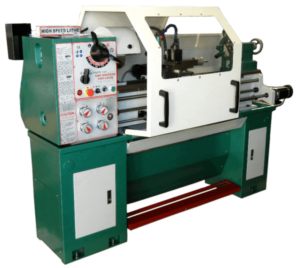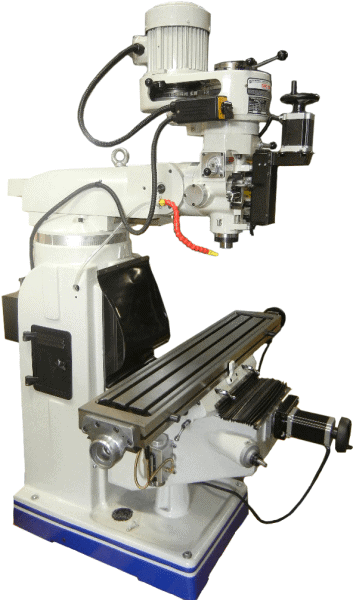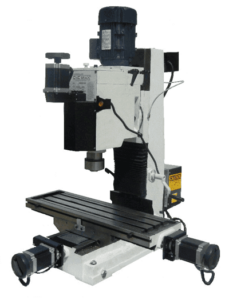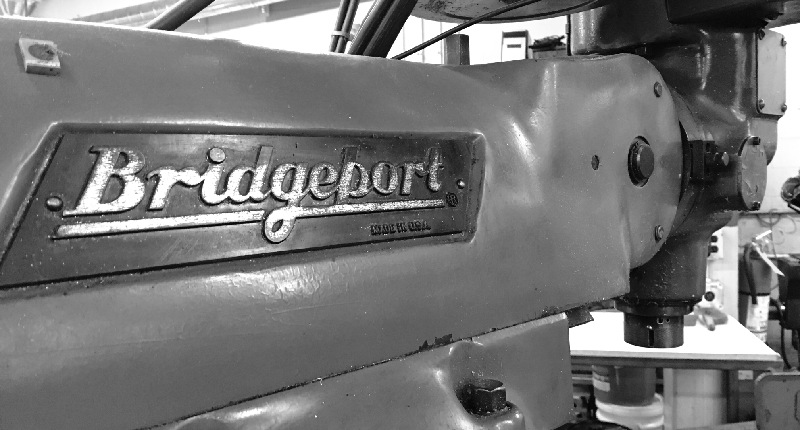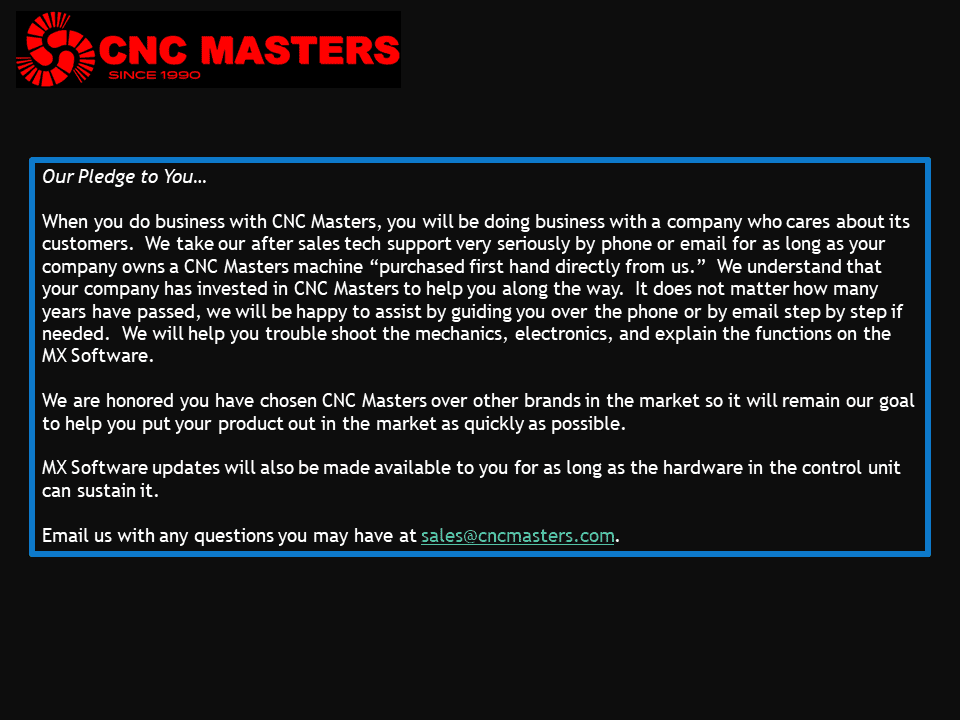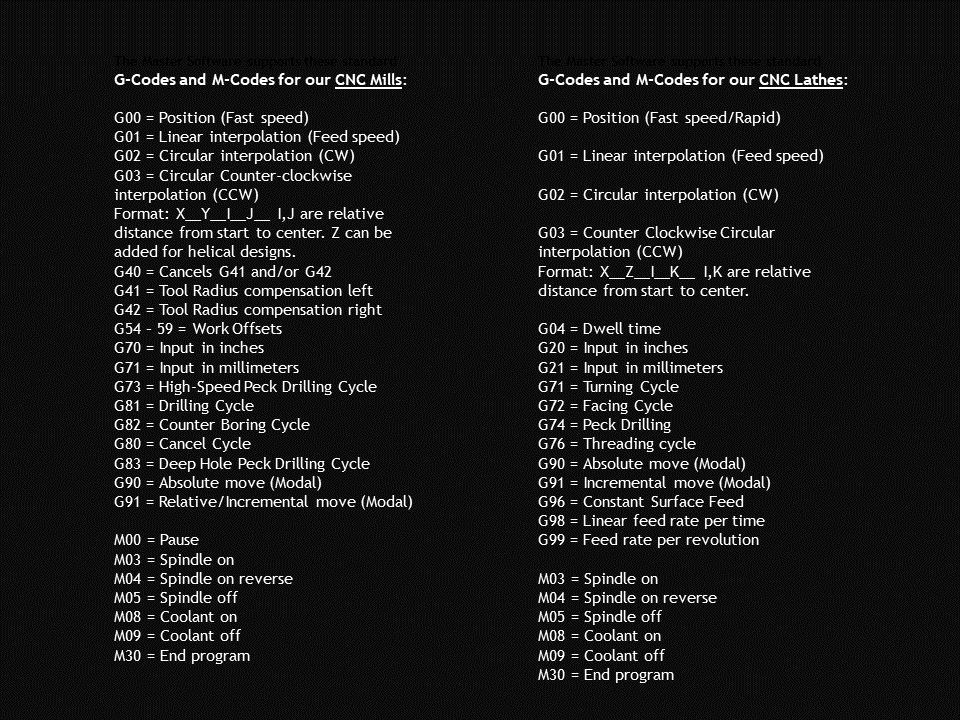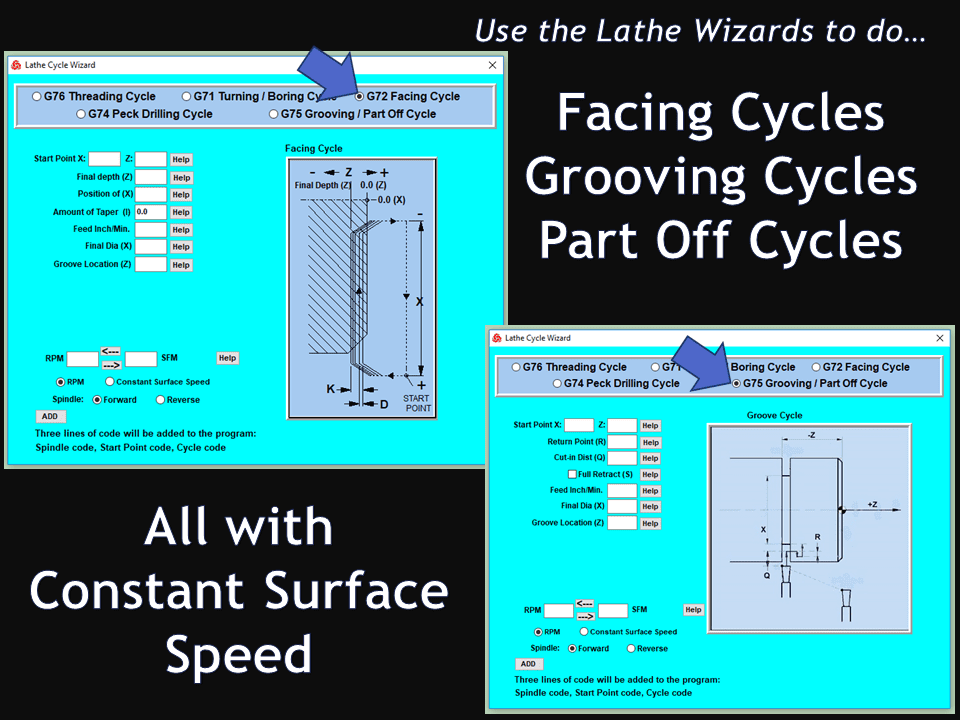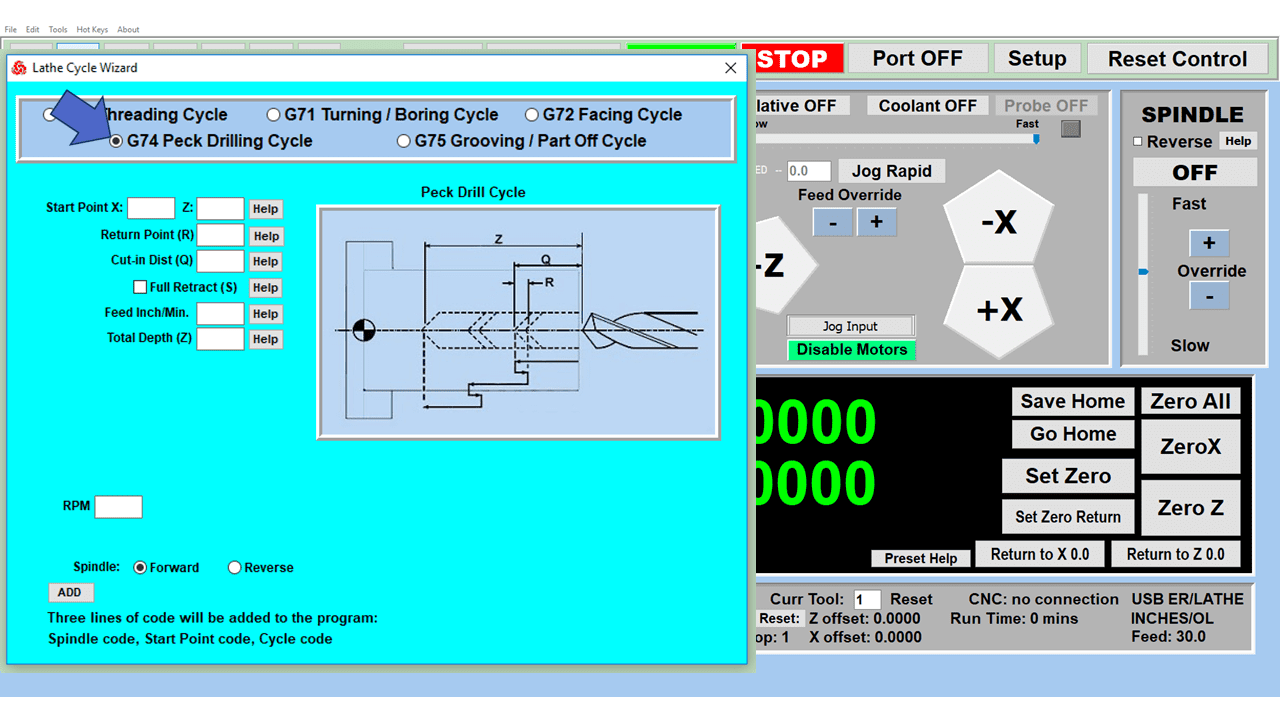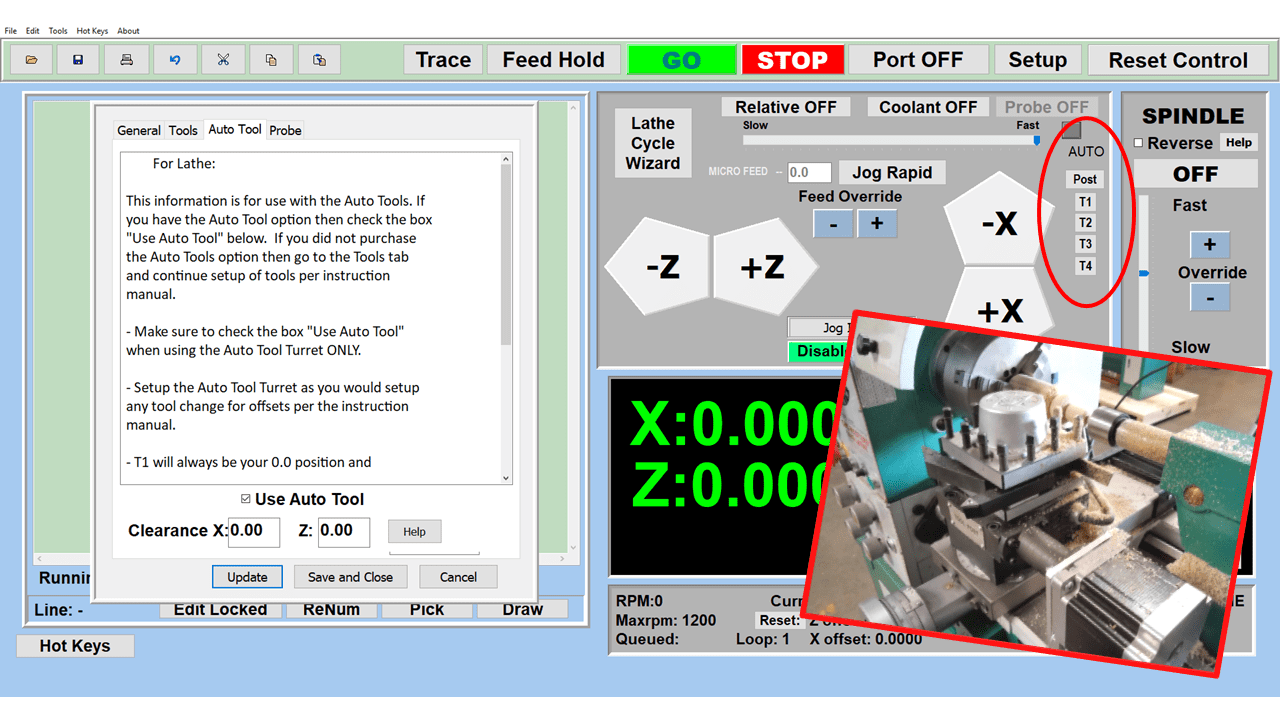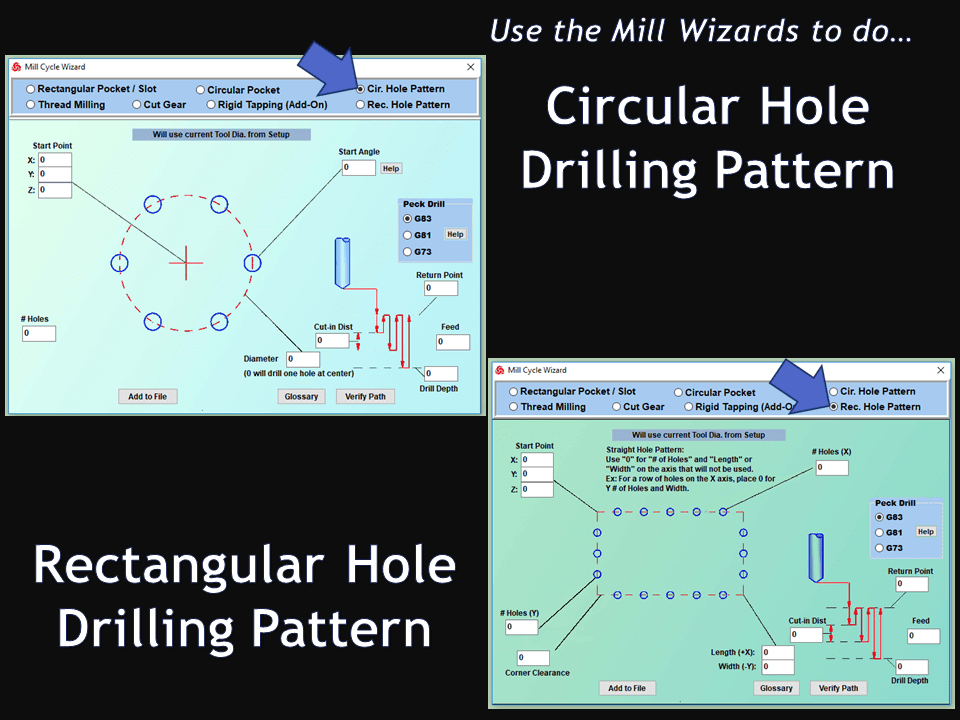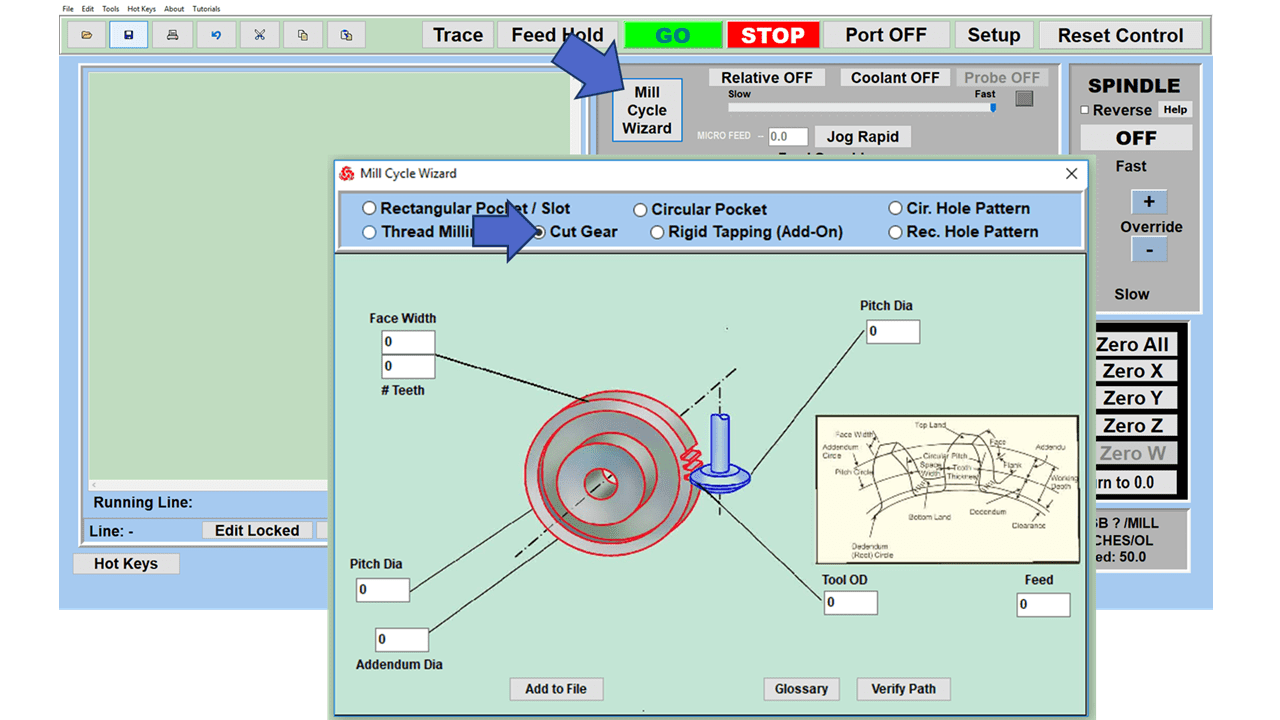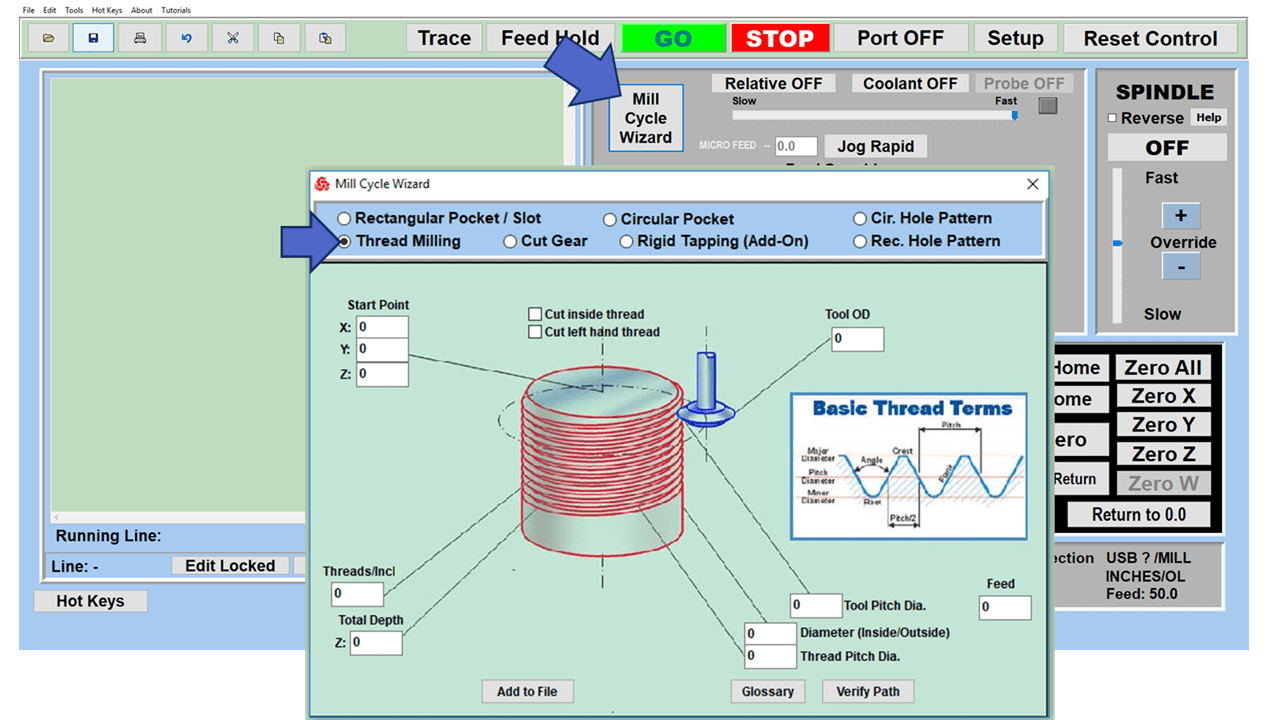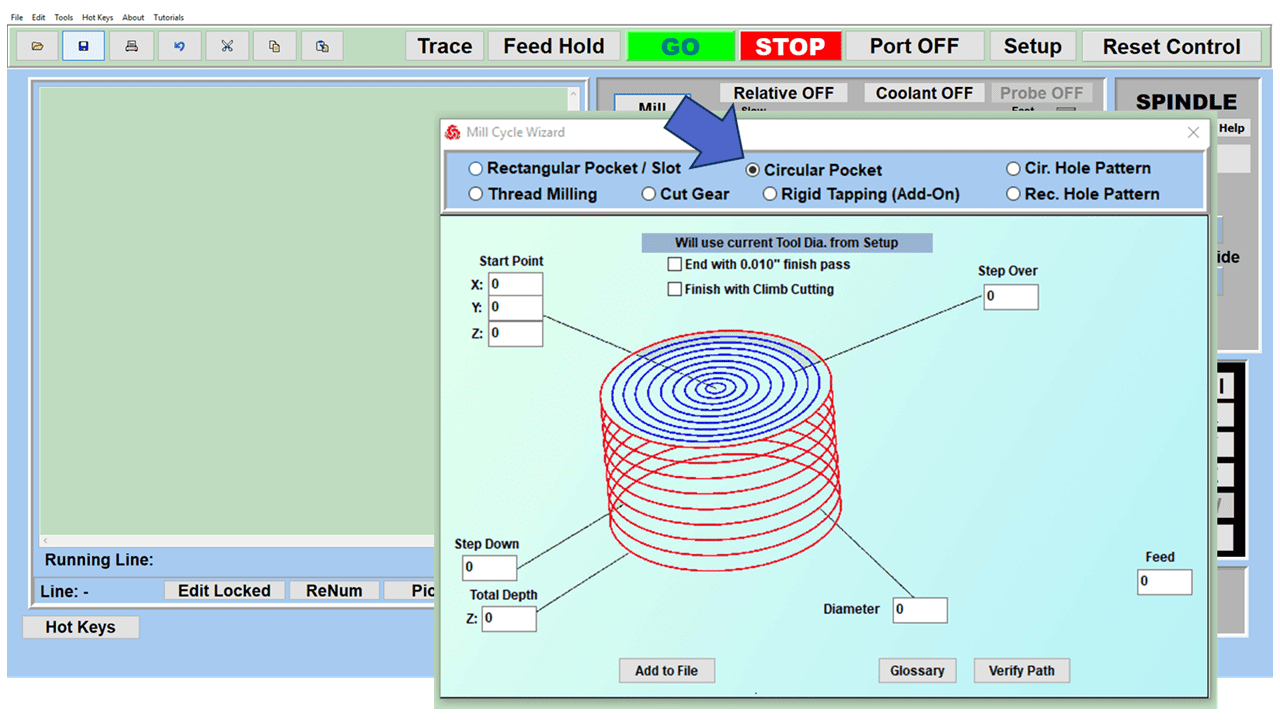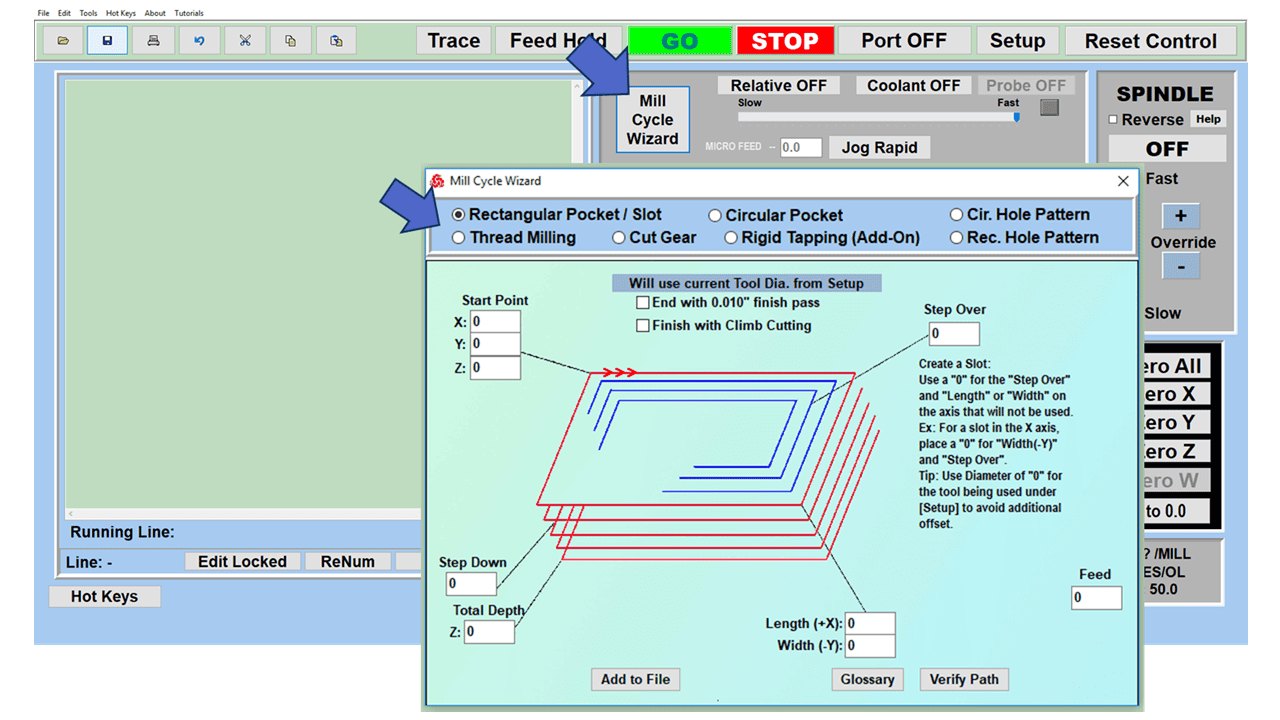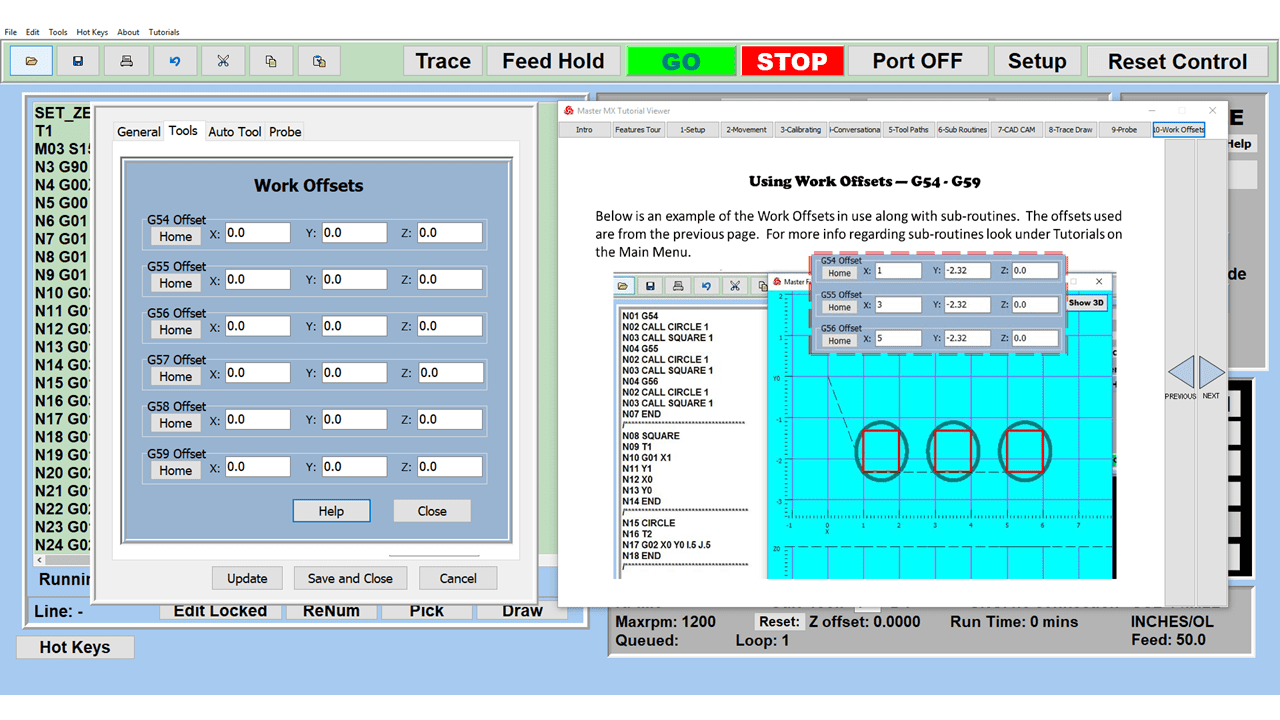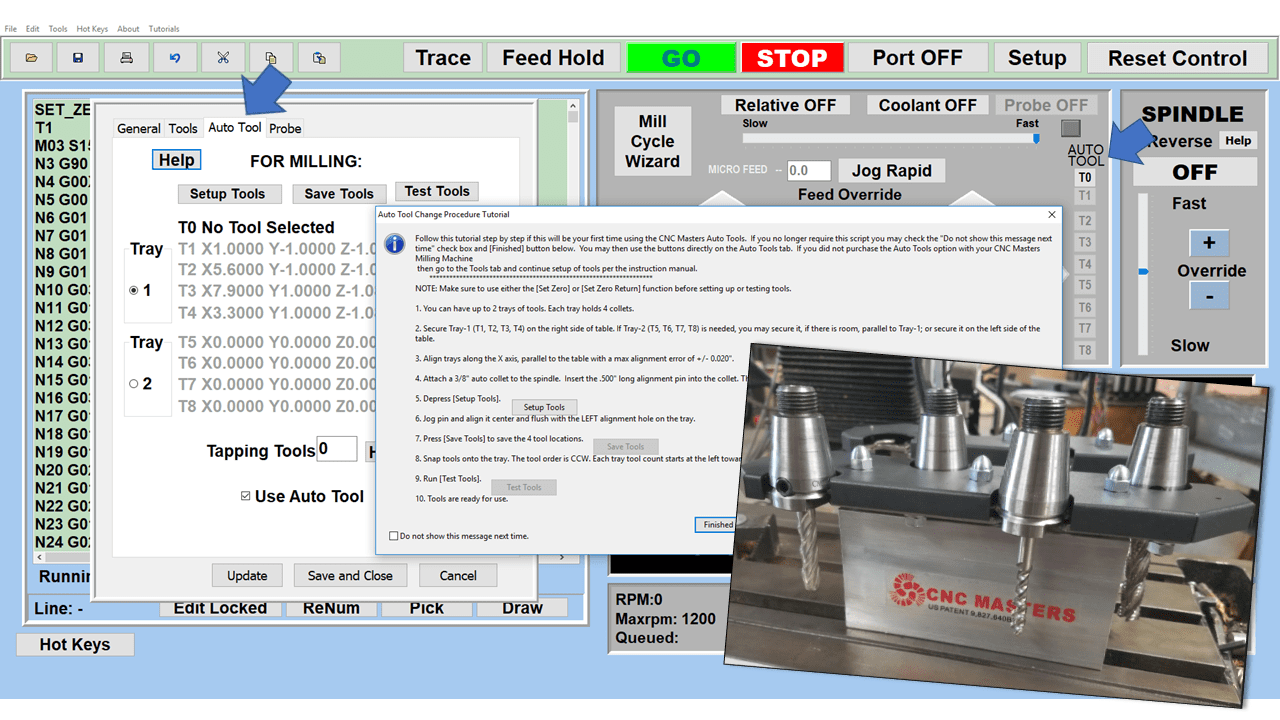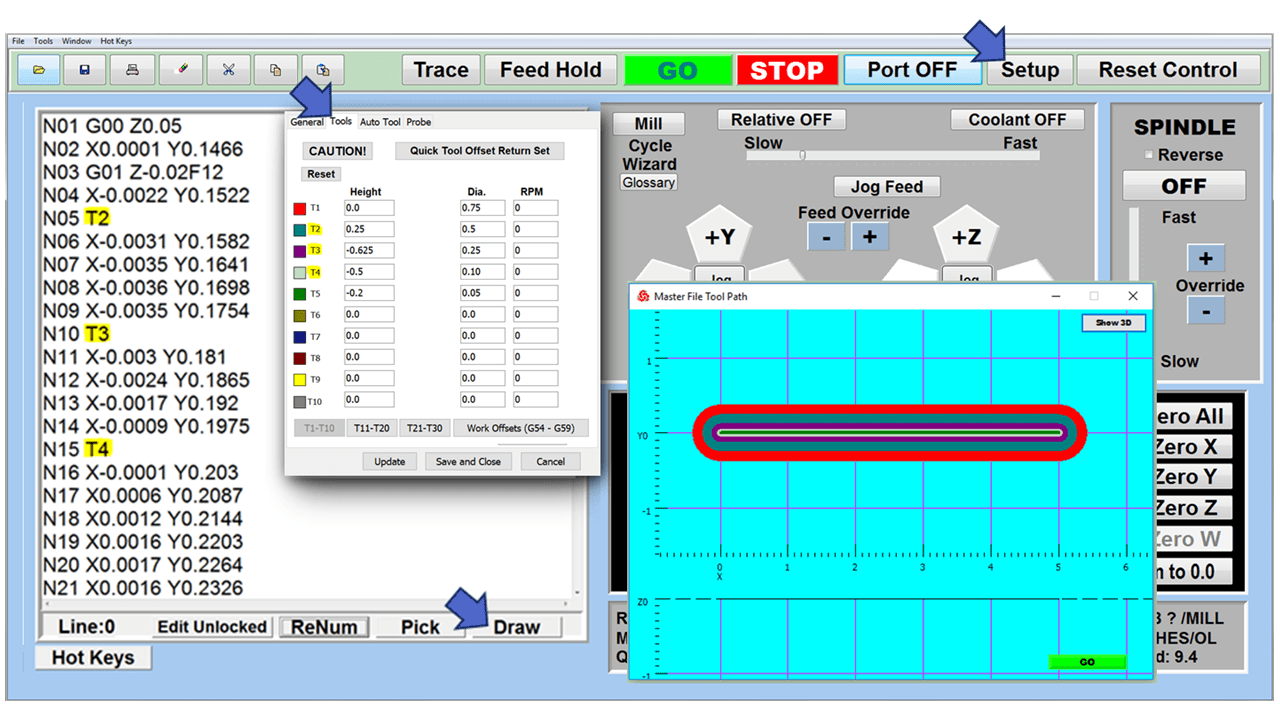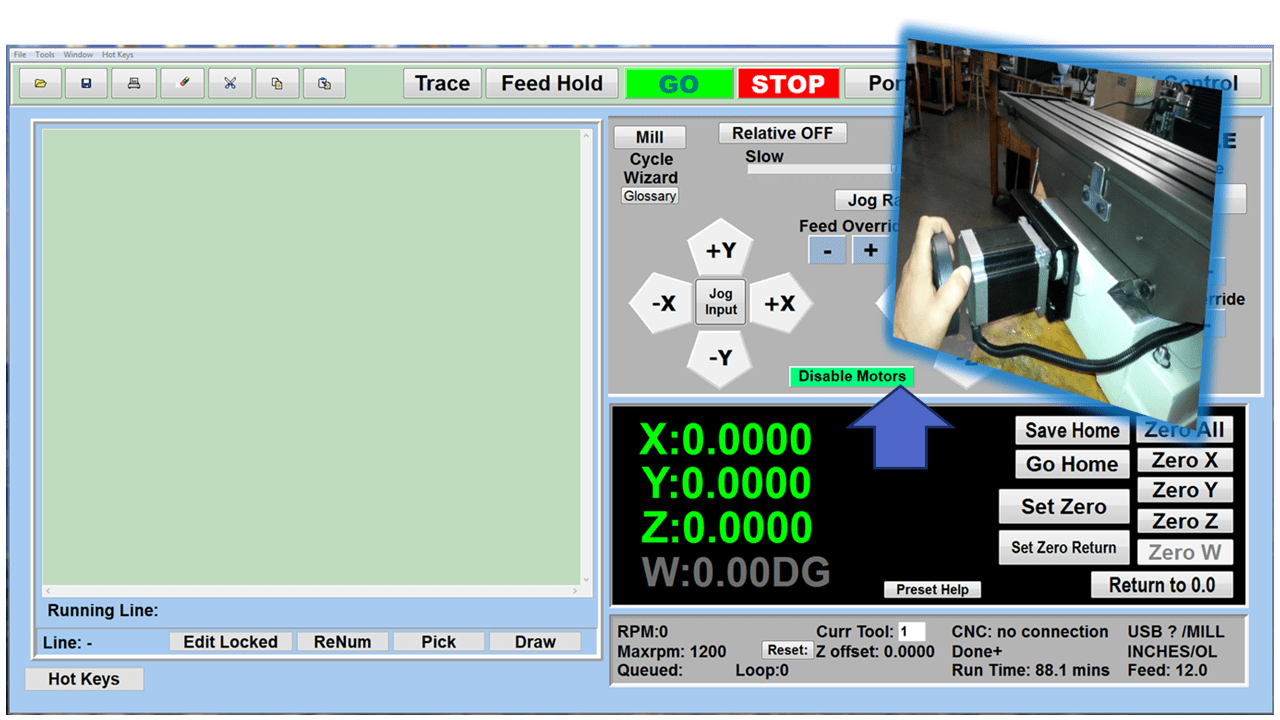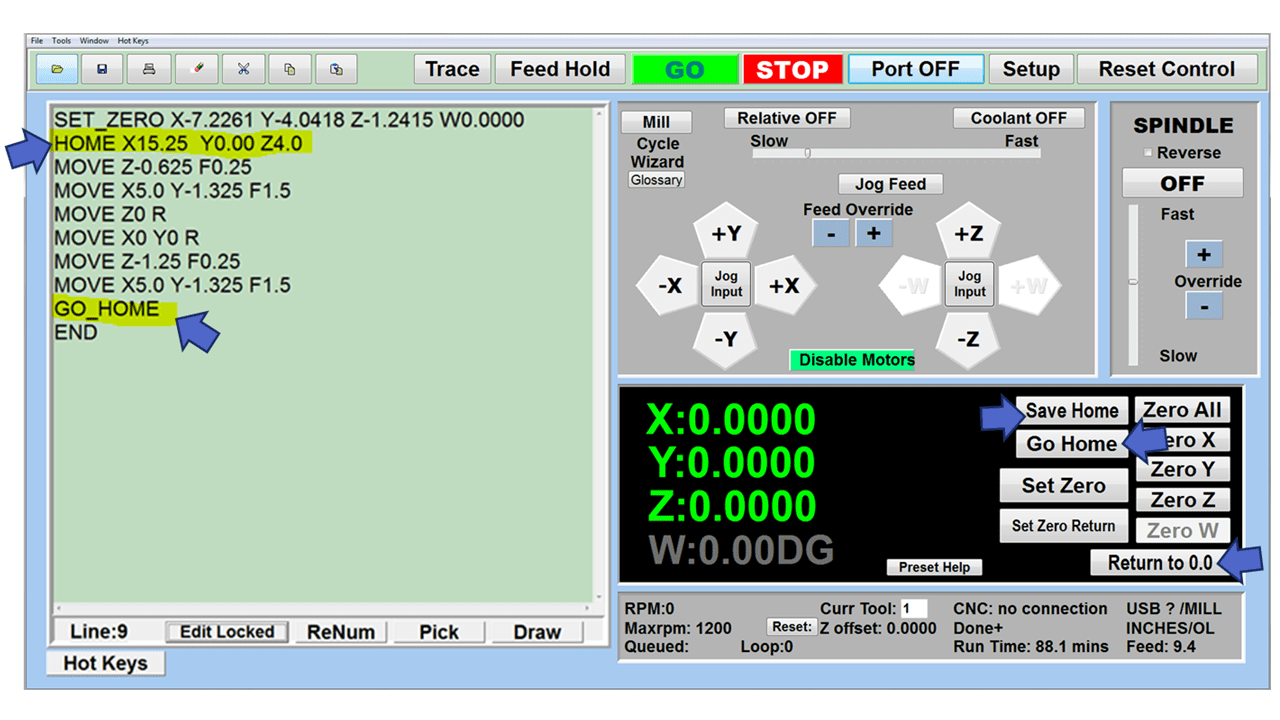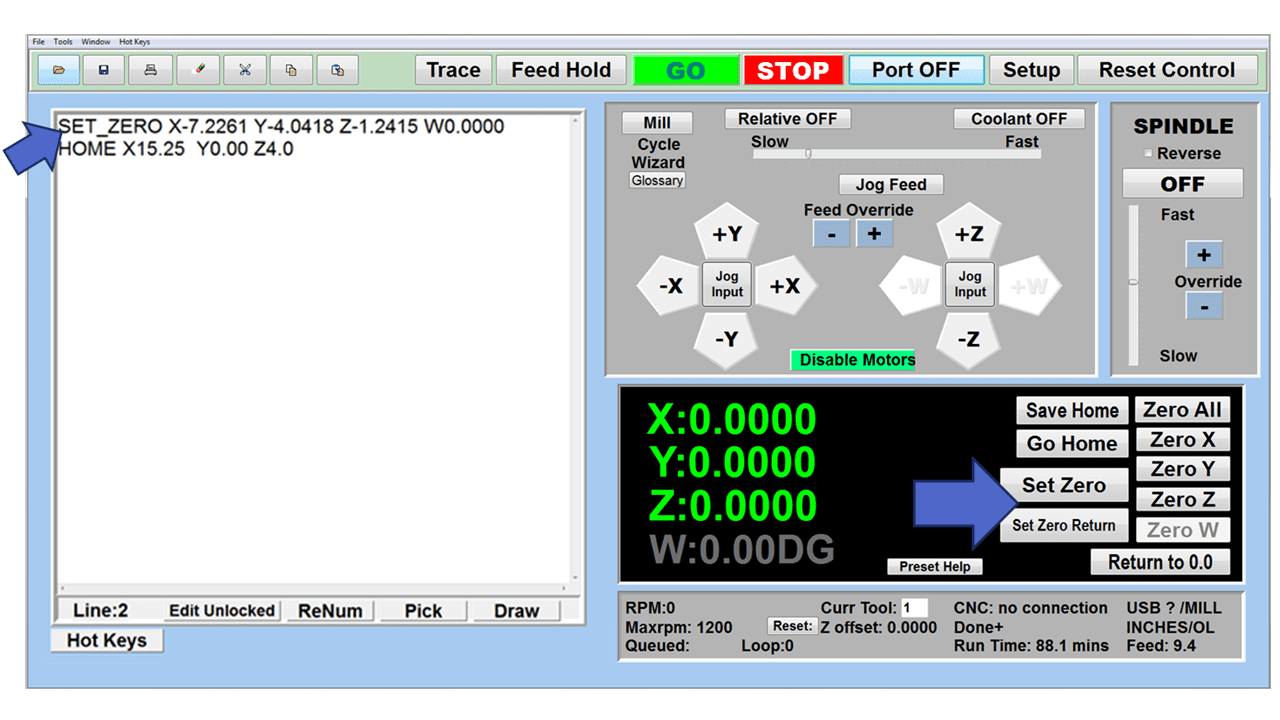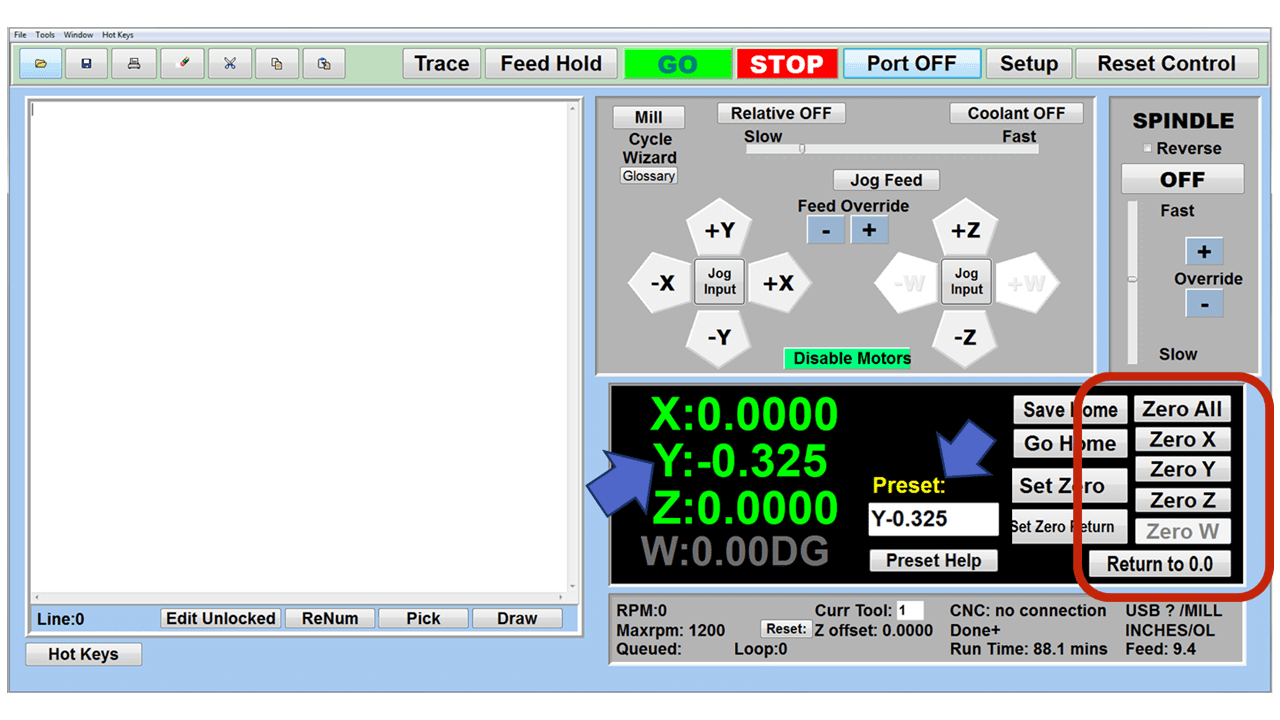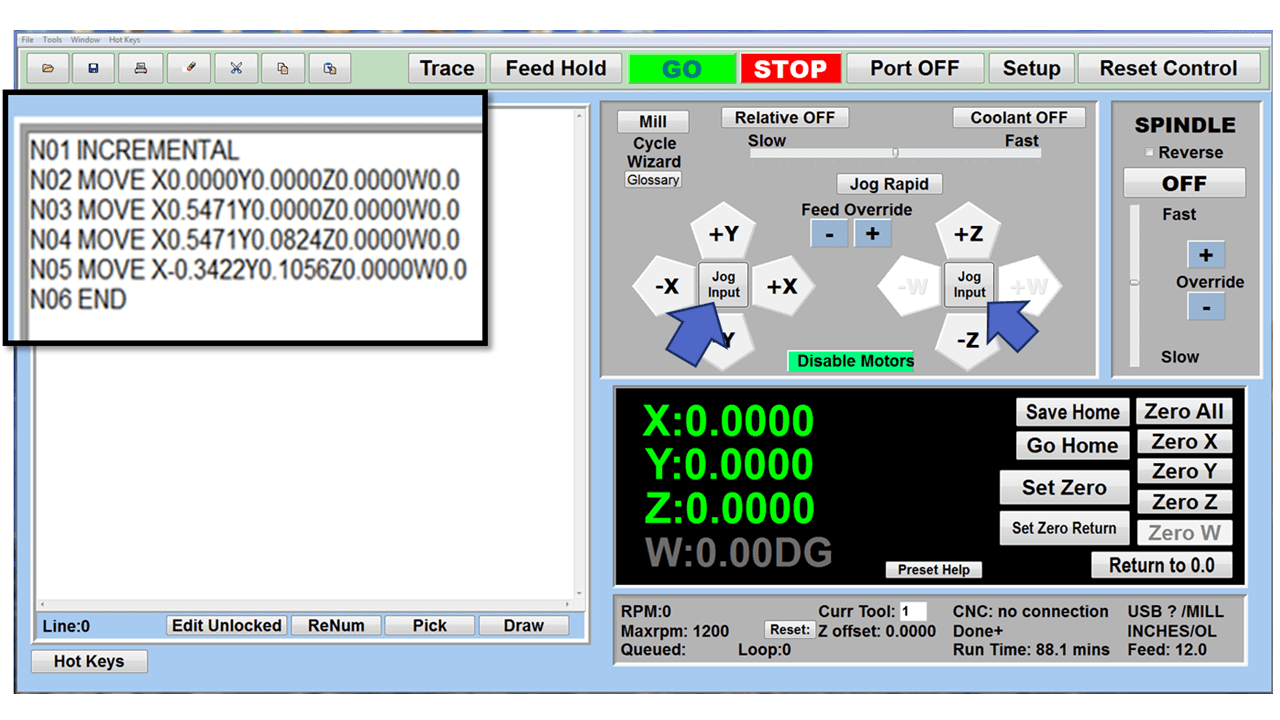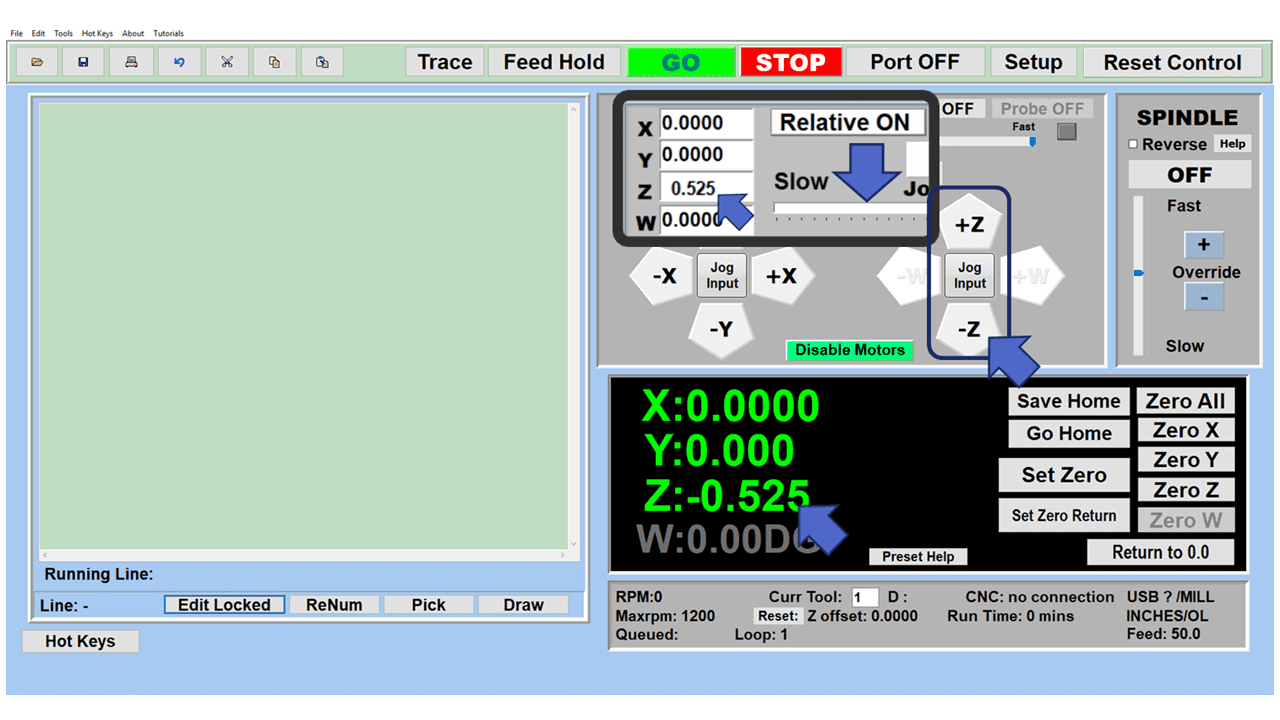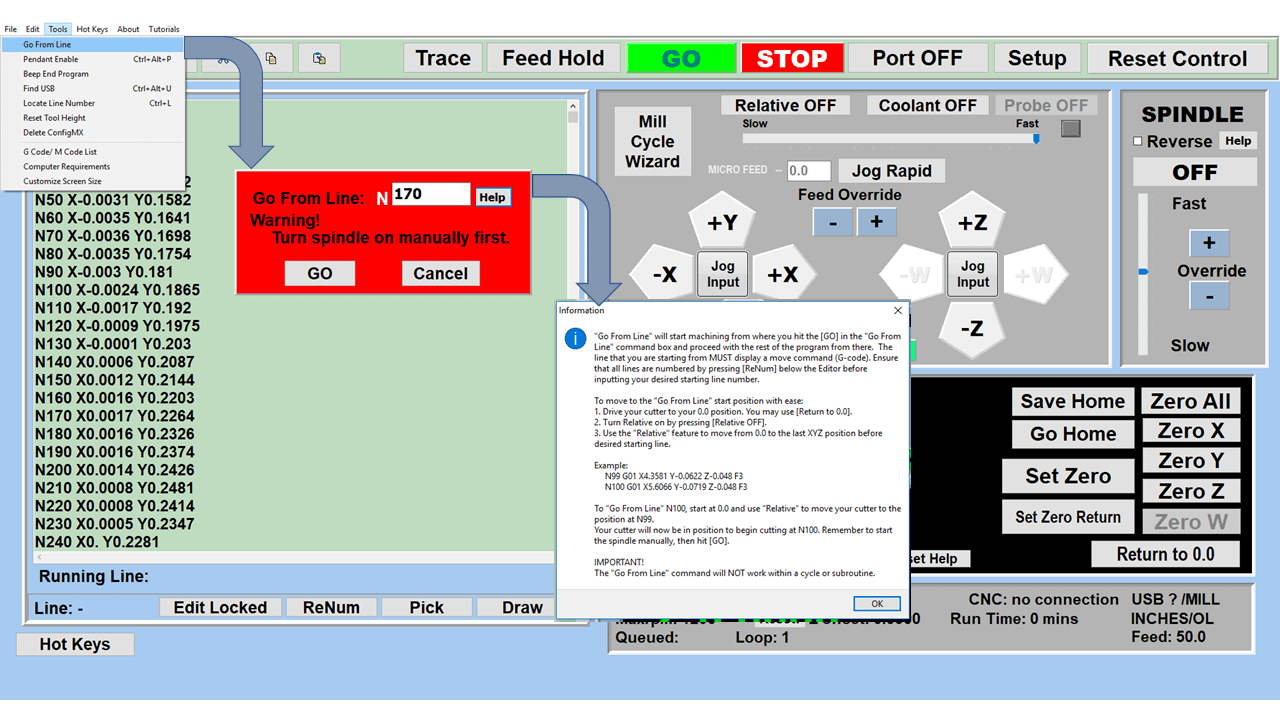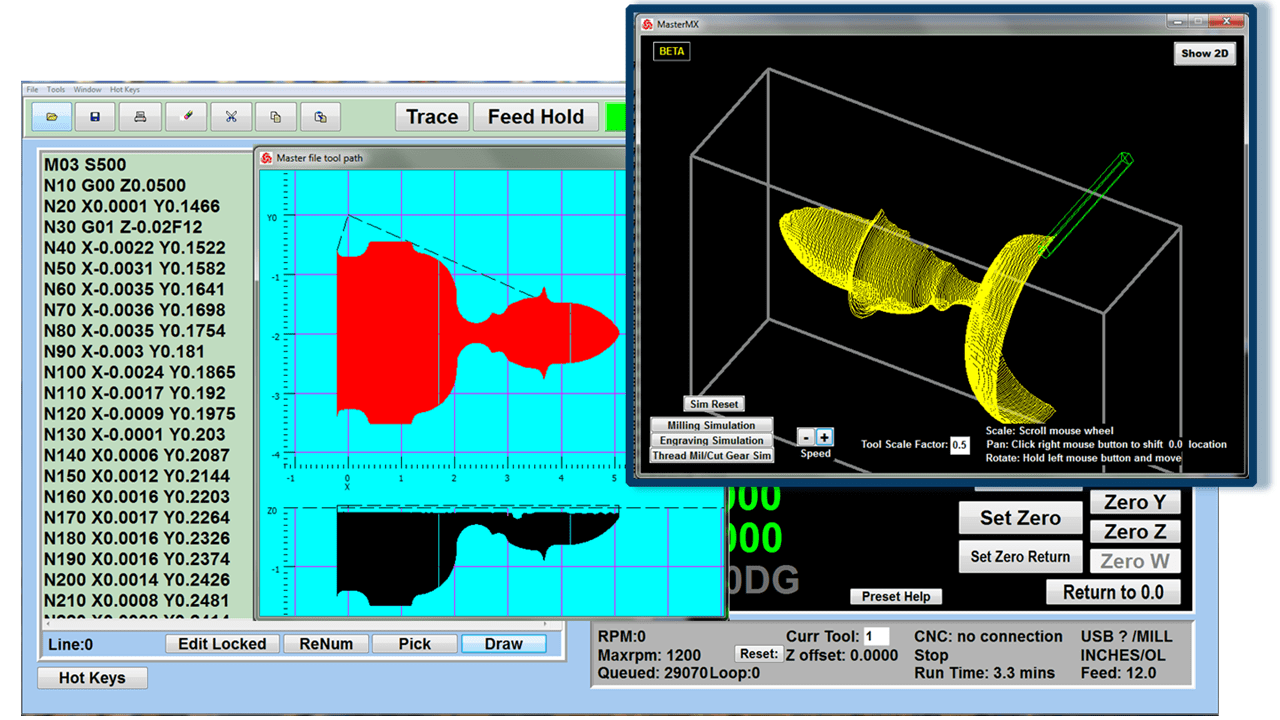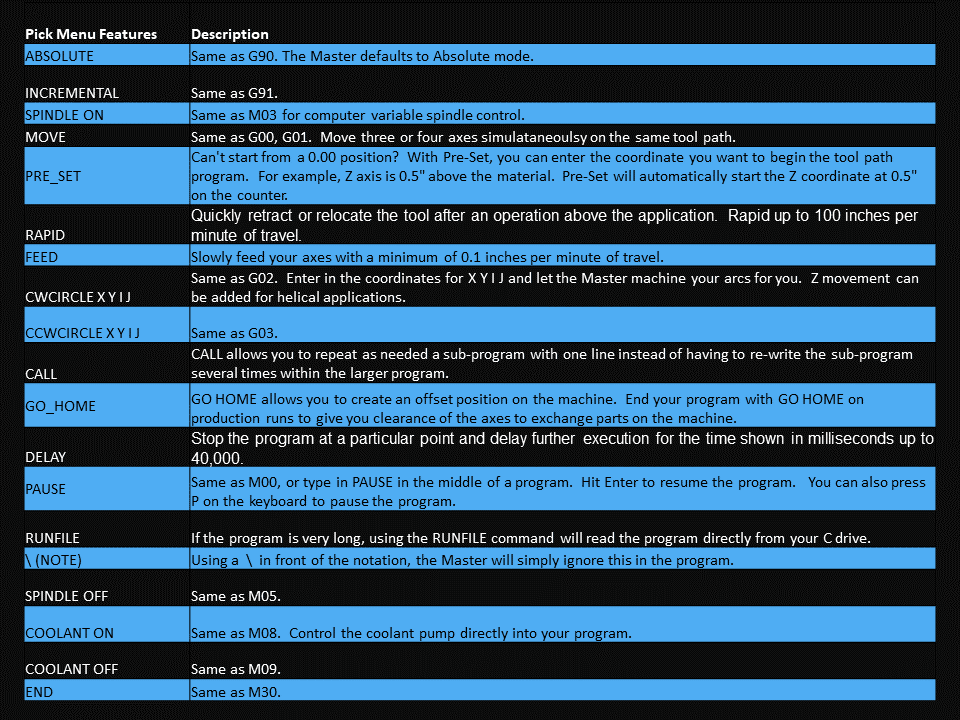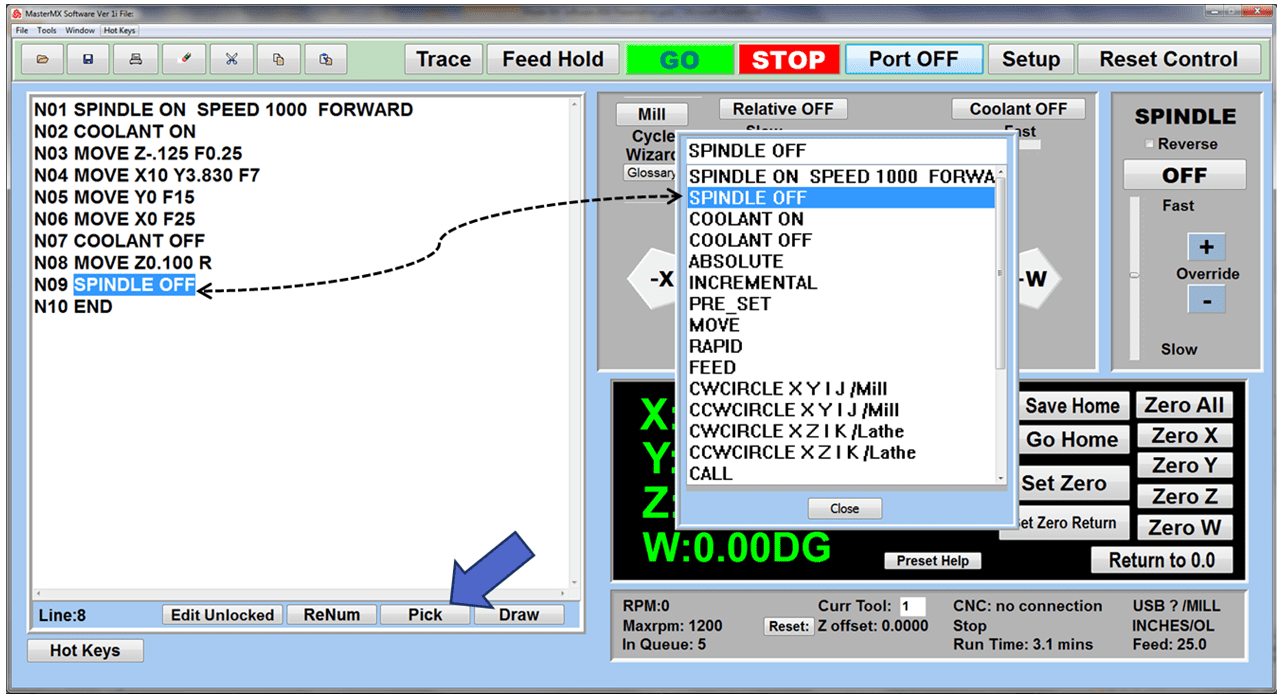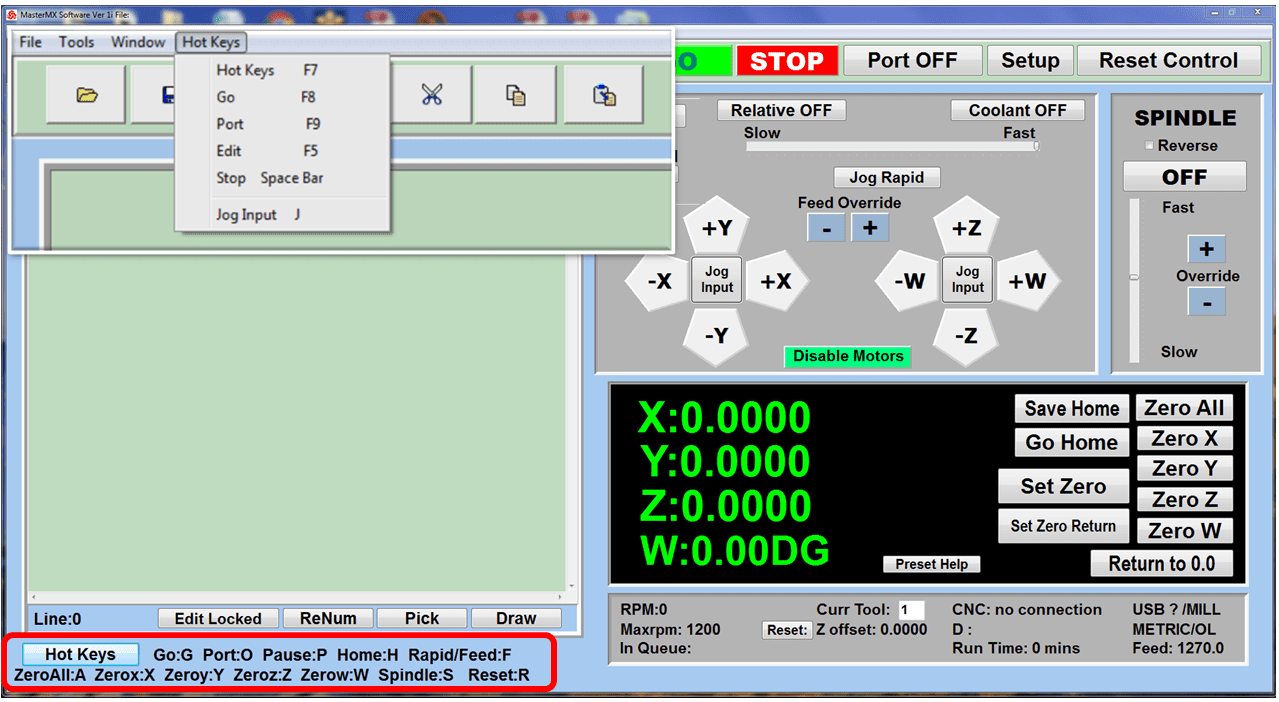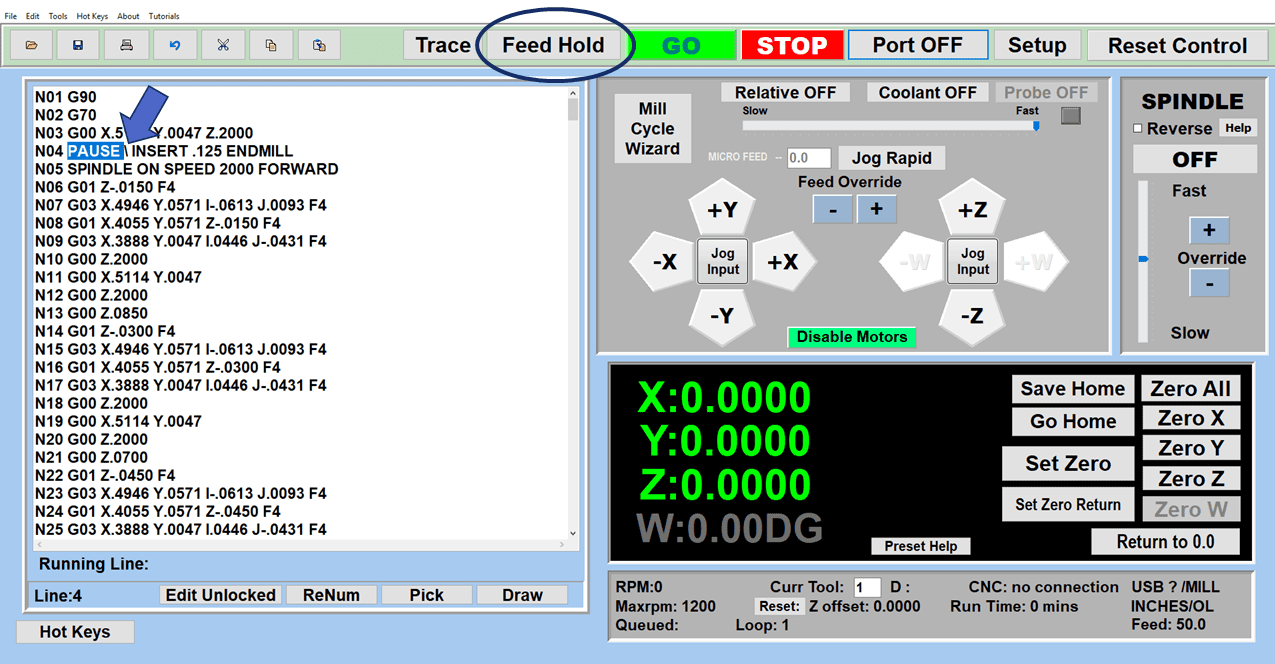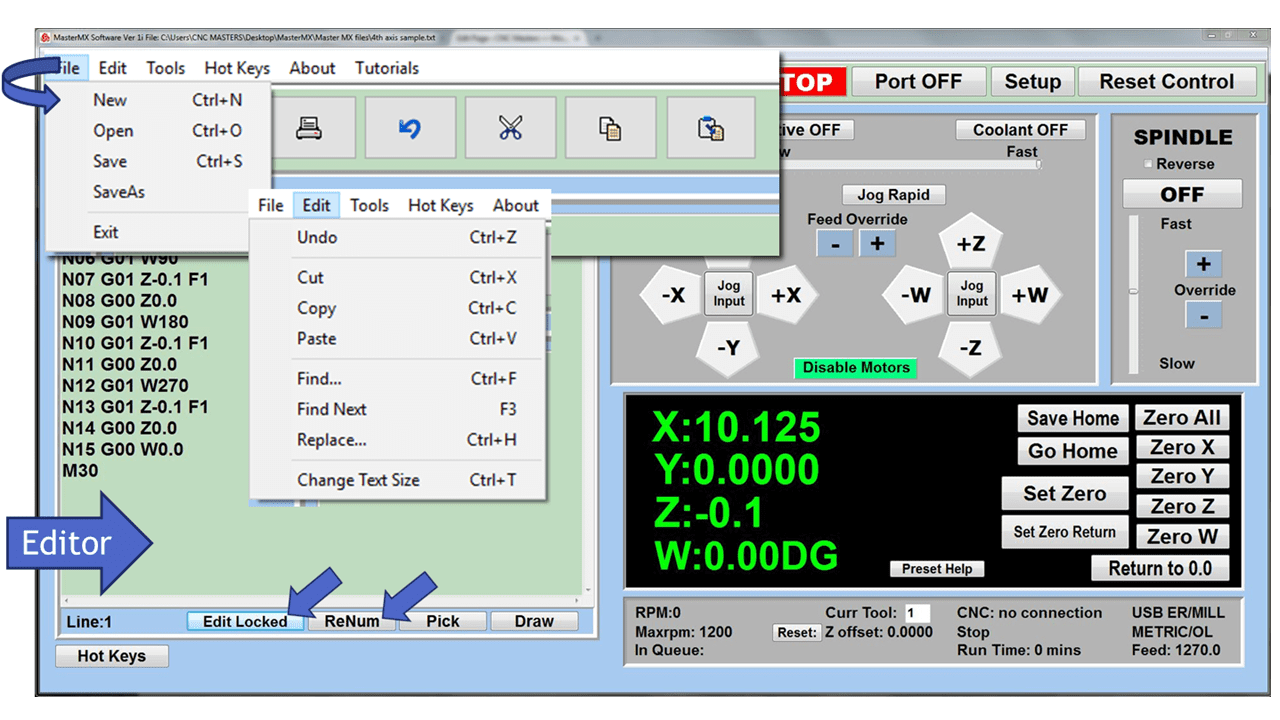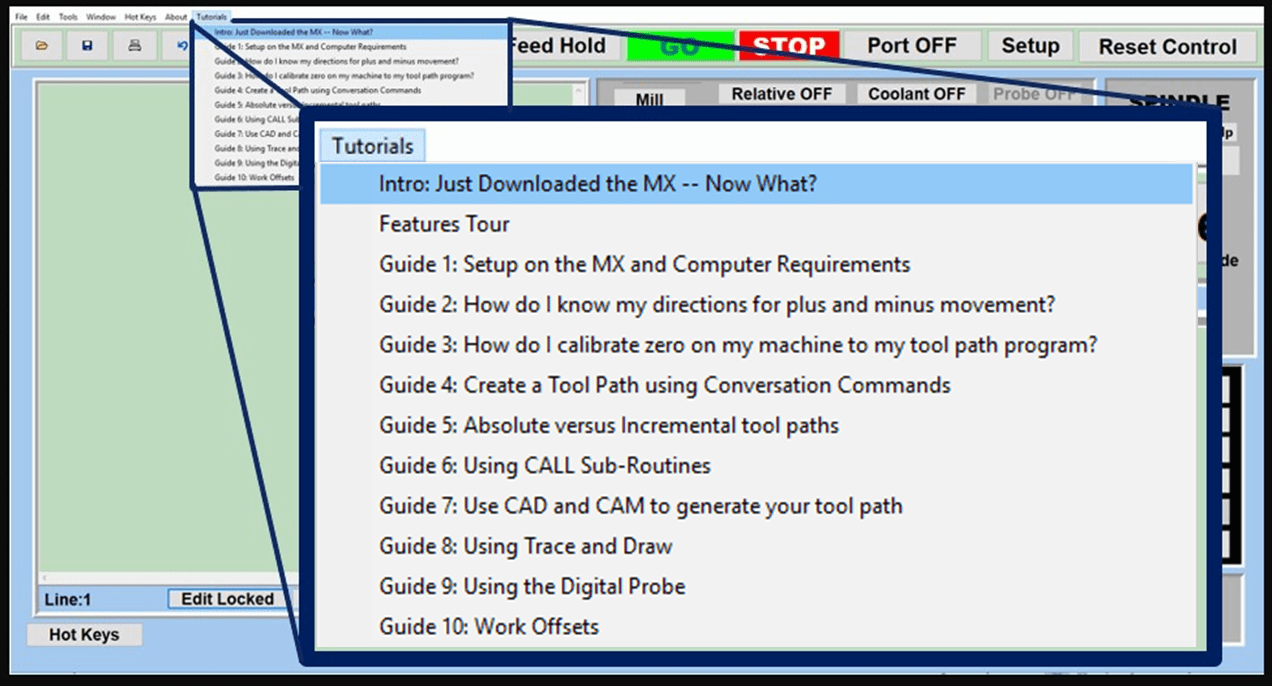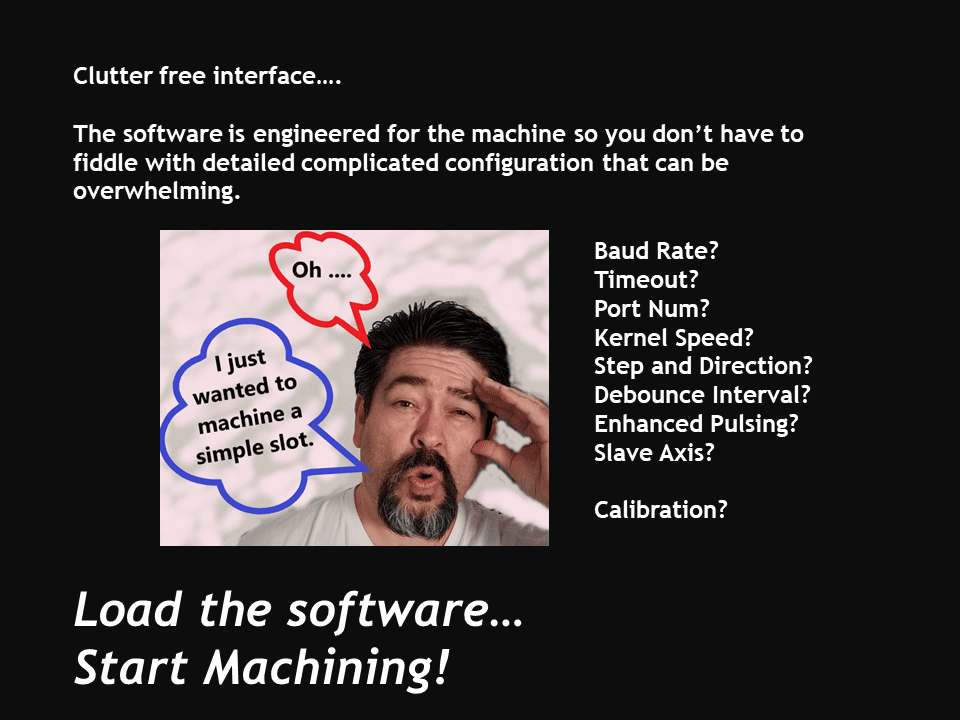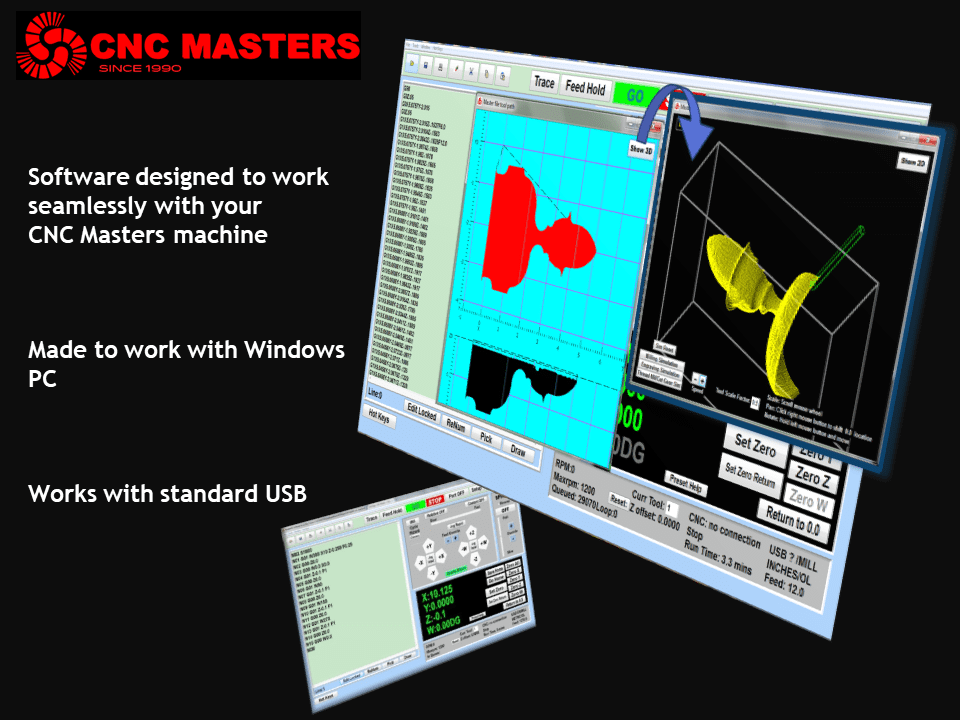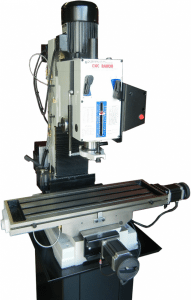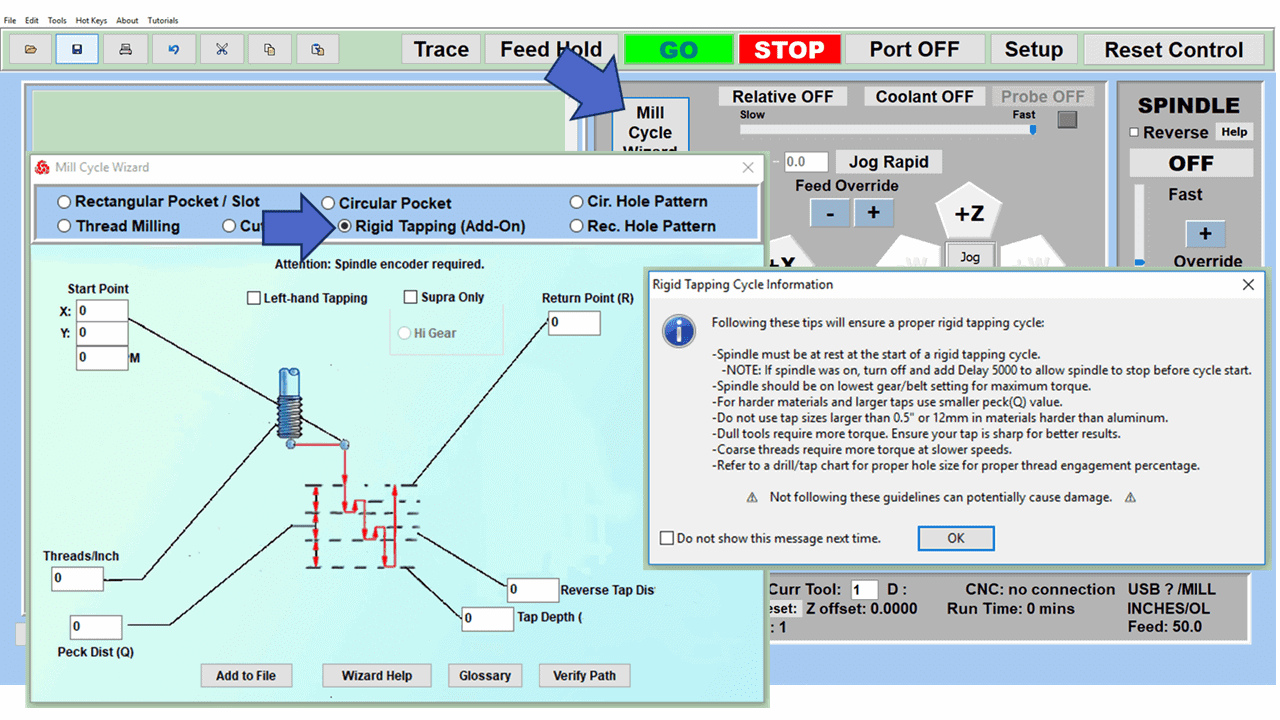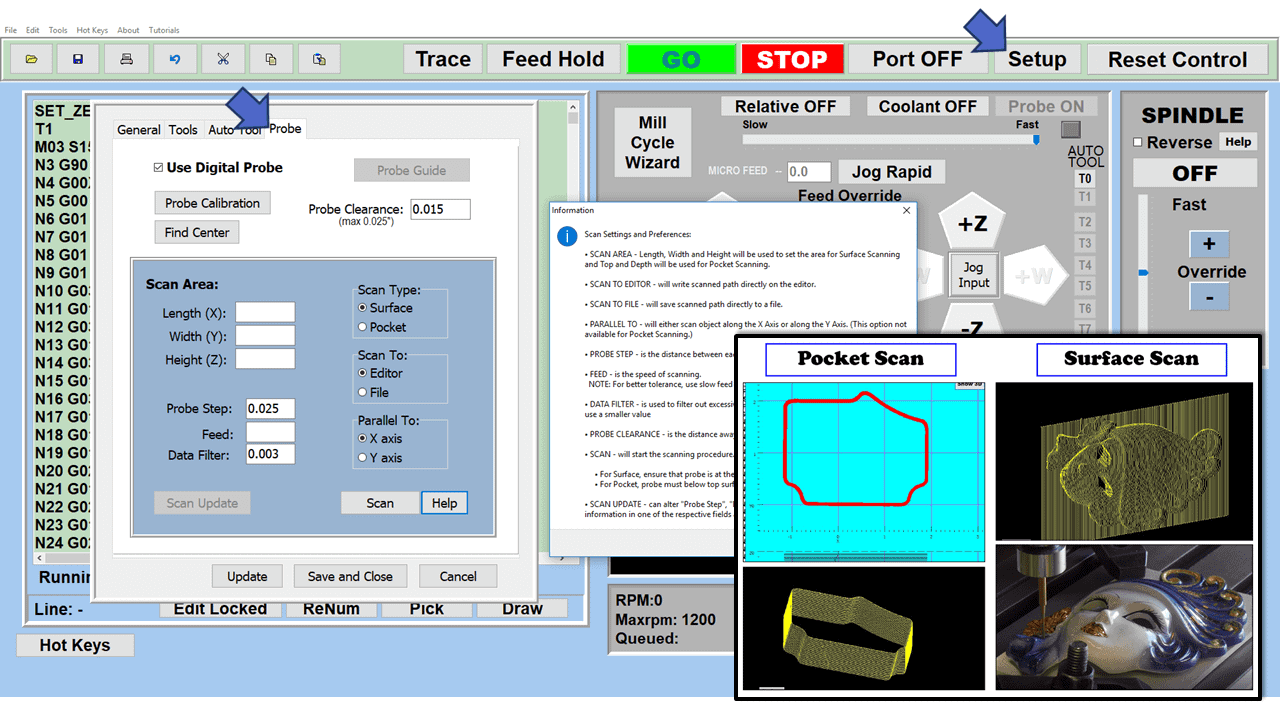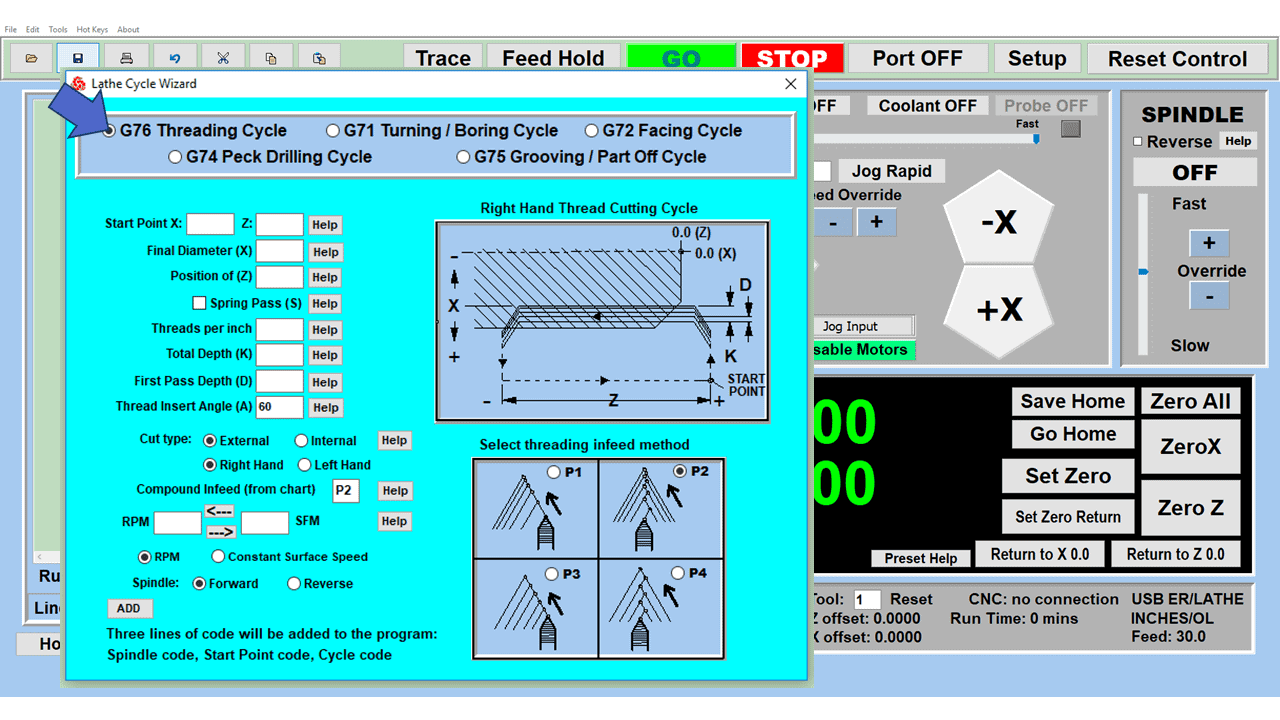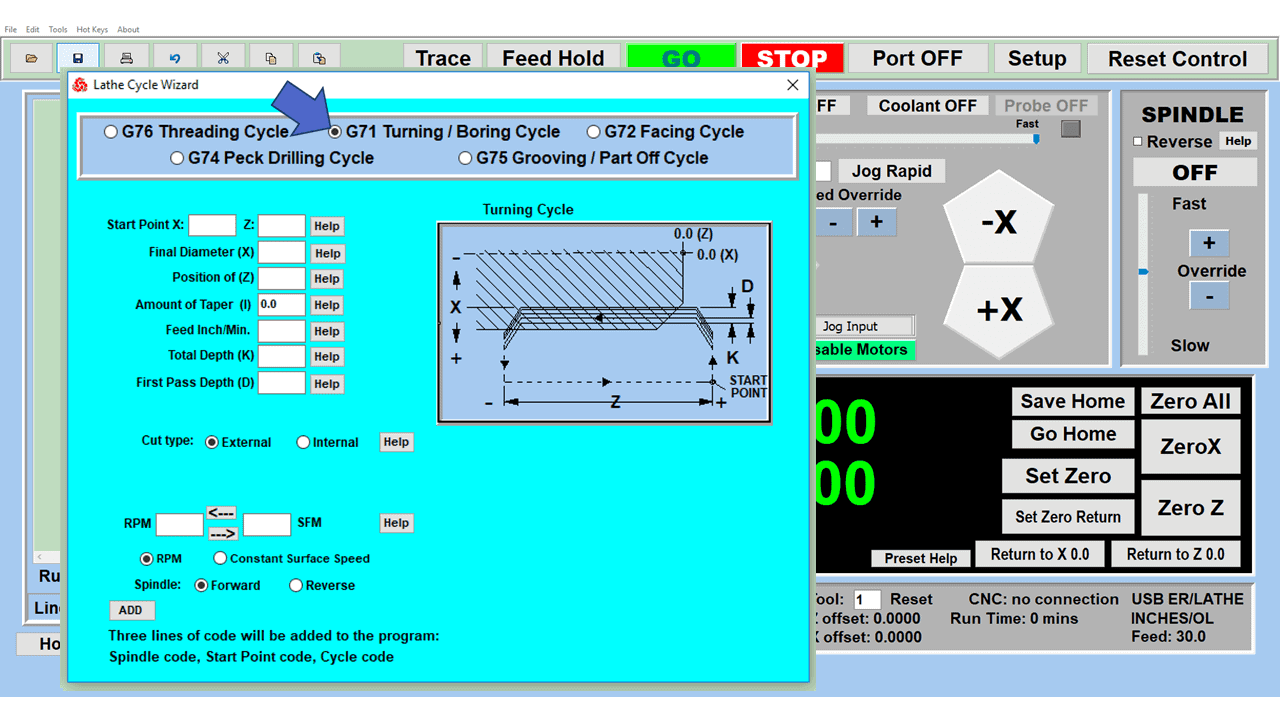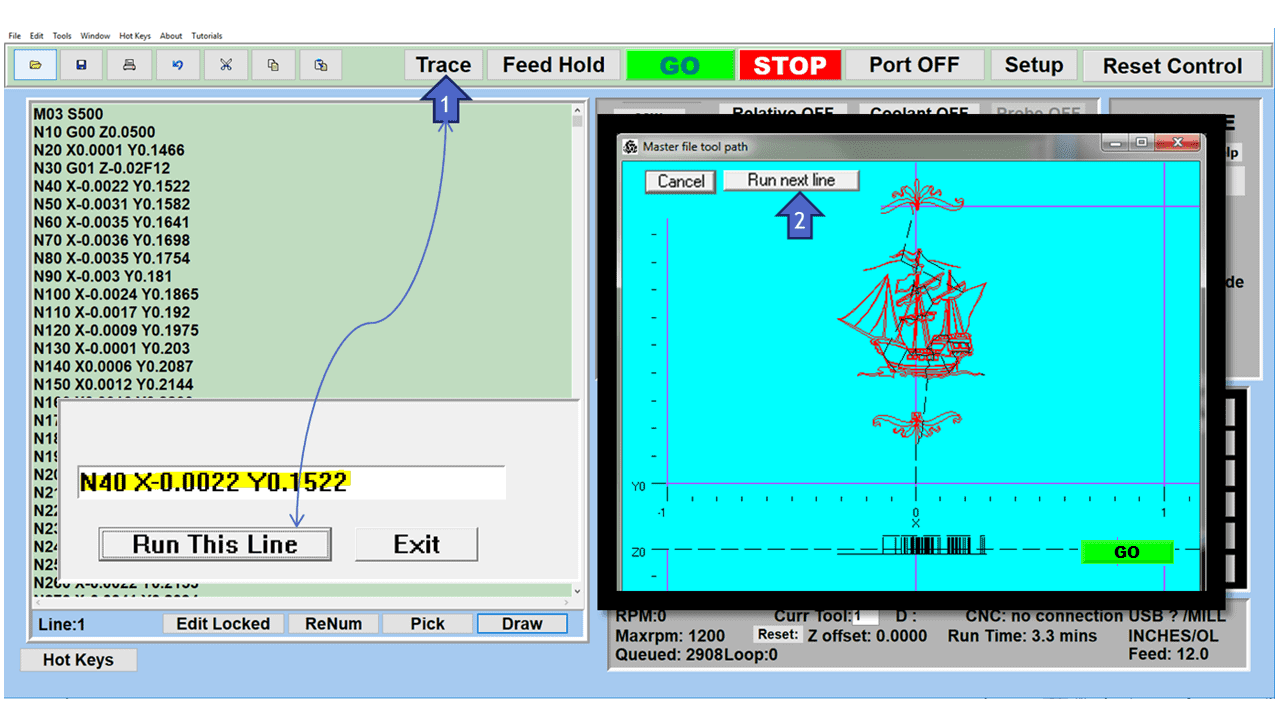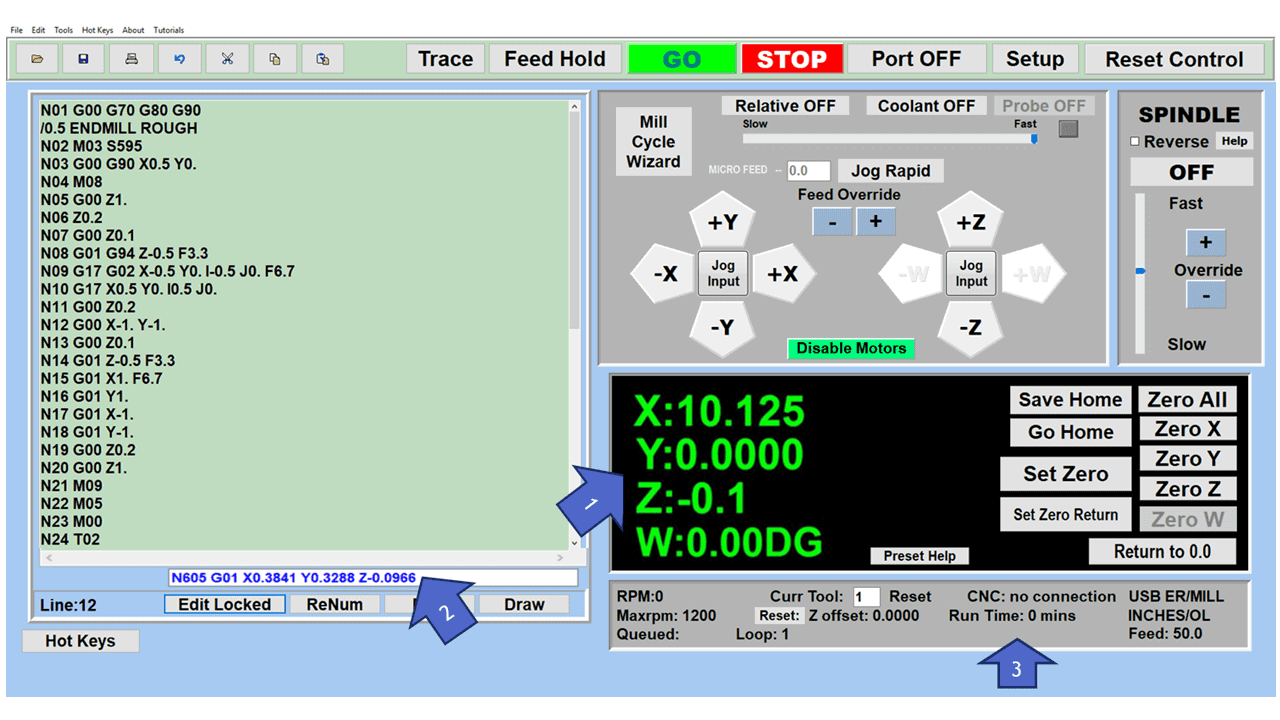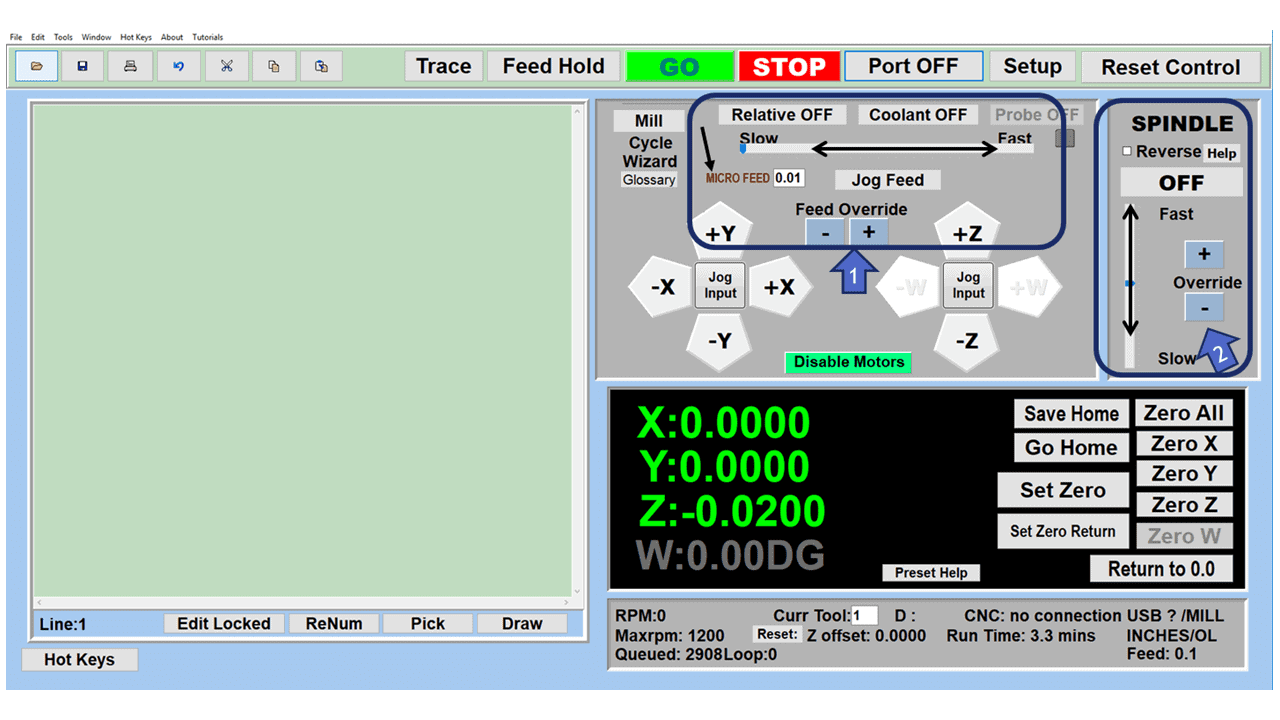Years before the advent of the CNC machine tool, there was the Bridgeport milling machine. If you were a machinist a generation or so ago, you likely worked in a machine shop that owned several of these iconic knee mills. They were popular in metalworking shops throughout the world and for good reasons.
Although you might have worked on a Series I with an M head, if you were lucky, your machine shop’s Bridgeport mills had J heads with step pulleys or, better yet, 2J heads with vari-speed and quill feed. The Bridgeport mills in your machine shop may have also included Acu-Rite 2-axis digital readouts (DRO), power feed on the X-axis, chrome ways, one-shot lubrication, and maybe even a power drawbar.
Bridgeport Invents the Modern Manual Milling Machine
The original Bridgeport milling machines were manufactured in Bridgeport, Connecticut, in 1938. Over the years, their popularity grew, and the Series I gained a reputation for being the best vertical milling machine on the market. Eventually, an entire market grew out of Bridgeport milling machine clones that came to be known as Bridgeport-type knee mills or vertical milling machines.
Hardinge, the current manufacturer of the Bridgeport Series I knee mill, estimates that over 370,000 Series I machines were built over the last 80-plus years. They continue to fulfill the manufacturing industry’s need for an accurate, reliable, and versatile manual milling machine.
The Bridgeport Series I Standard Knee Mill’s versatility stems from its capabilities that include milling, drilling, tapping, slotting, and boring. Its reputation as a multi-purpose machine is enhanced by its two prominent features: a moveable, sliding ram to increase its range and a rotating turret that can be repositioned for milling angles.
The Series I was ideal for manufacturers, small repair shops, vocational-technical schools, and hobbyists. However, although the Series I was rigid, accurate, and versatile, some people wanted something bigger and more powerful, and by 1970, the Bridgeport Series II had arrived on the scene.
The Bridgeport Series II is a Series I on Steroids
Some people in the metalworking industry needed a milling machine with more muscle. They loved the features of the original Bridgeport knee mill but wanted to remove more material faster—and from larger workpieces. The answer to that was the Bridgeport Series II.
Twice the size and weight of the Series I vertical milling machine, the Series II became known as a heavy-duty version of the Bridgeport mill while maintaining the accuracy and versatility of its older and smaller sibling. However, because it was considerably more expensive, the Bridgeport Series II never overshadowed or outsold the Series I, and the Series II was eventually discontinued after producing approximately 8,000 units.
Bridgeport Series II milling machines were never produced on an assembly line like the Series I mills. Instead, they were custom-built milling machines with few flaws, making them some of today’s most popular “used” machine tools.
What are the Specifications of the Series I Vertical Mill?
- Table size: 49” x 9” (36” and 42” length tables were also sold)
- Table travel: X-Axis 31” (With power feed 30”); Y-Axis 12”; Quill travel 5”; Knee travel (Z-Axis) 16”
- Ram travel: 12”
- Throat distance: 6.75” (min.) and 18.75” (max.)
- Workpiece max. weight: 750 pounds
- Head: J-head and 2J head variable speed head
- Spindle tooling: R8 collets
- Speed range: 500 to 4200 RPMs
- Spindle speeds: Infinitely variable speeds
- Lube: One-shot lubrication system
- Coolant: Typically, an optional spray coolant
- Footprint: 8.3 ft. x 7.8 ft. x 87” high
- Weight: 1930 pounds
Keep in mind that many machinists who purchase a used Bridgeport also hook them up to a variable frequency drive (VFD) to ensure more speed options.
How Does a Series II Mill Compare to the Series I?
- Table size: 58” x 11”
- Table travel: X-Axis 33.5” (With power feed 32.5”); Y-Axis 15”; Quill travel 5”; Knee travel (Z-Axis) 16”
- Ram travel: 16”
- Throat distance: 10.5″ (min.) and 26.5” (max.)
- Workpiece max. weight: 750 pounds
- Head: 2J head (2 HP) or Series II vari-speed head (4 HP)
- Spindle tooling: R8 collets or Universal #300 for heavy-duty models
- Speed range: 50-3500 RPM RPMs
- Spindle speeds: Infinitely variable speeds
- Lube: One-shot lubrication system
- Coolant: Spray coolant or optional coolant tank and pump
- Footprint: 9 ft. x 5.75 ft. x 83” high
- Weight: 5,000 pounds
The Differences Between the Bridgeport Series I and Series II
When it comes right down to it, the list of things that contrast the two Bridgeport vertical milling machines is much shorter than the list that unites them. But those differences were critical and could give a machine shop or fabricator a substantial advantage in machining larger workpieces.
The fact that the Series II weighs over twice as much as the Series I gives it the capability to handle larger and heavier work. Its extra weight adds stability, while the four-horsepower head allows the operator to use the cutting tools that lend themselves to deeper cuts and higher feed rates. And these machines can rip through some of the toughest materials.
In addition to its stability, the Series II had 16 inches of ram travel, making it possible to cover even larger work areas. By lining up and fastening two vises to the table, a machinist could mill a slot in a bar of steel nearly three-feet long. For the manual machine shop of four decades ago, that would have increased the types of work they could pursue and the shorter deliveries they could promise.
Overall, the Bridgeport Series II was an excellent machine tool, baling out many a metalworking shop faced with that one component that was too big for the Series I standard machine. Unfortunately, the Series was out of the price range of most of the smaller shops and fell into extinction way too soon. But for those machinists who have operated these machine tools, the Bridgeport Series I and Series II knee mills will always be fondly remembered as incomparable!
Our CNC Supra Mill Brings Machining Into the 21st Century
Our two CNC Supra Vertical Knee Mills are easy to learn and operate, ramping up your productivity and enhancing your quality. The Supra 9 x 49 and 10 x 54 CNC vertical mills feature heavy-duty cast iron construction and three-axis interpolated movement with computer variable spindle control. The Supra 9 x 49 mill offers a maximum travel of 34” x 11.5” on the X axis and Y axis, while the Supra 10 x 54 Z axis supports travel of 35.5” on the X axis and 15.5” on the Y axis. Each model has a quill-driven Z-axis for accuracy. Both Supra mills are capable of manual control as well as CNC control.
Lathes & CNC Milling Machines Built
in Irwindale, California USA
Our machine tools are backed by the CNC Masters One-Year Warranty, or you may extend it for two more years. We also offer unlimited “Life-Long” Tech Support, step-by-step troubleshooting, and a walk-through process by email or phone, Monday-Friday during normal business hours, Pacific time, for as long as your company owns the machine. Unlike costly servo systems, our machines are easy to repair, replace parts, and maintain!

